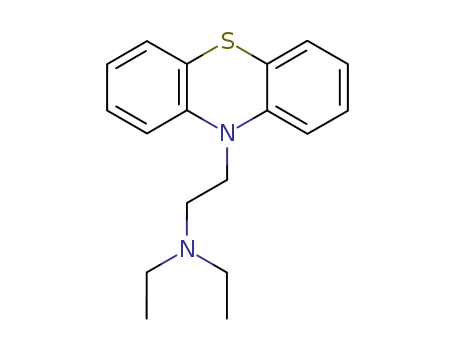10.1021/ja076250y
The research aims to identify the target protein of HUN-7293, a fungal cyclodepsipeptide that inhibits the cotranslational translocation of certain proteins into the endoplasmic reticulum (ER). The study employs photoaffinity labeling, a technique that uses light-activated molecules to bind to their targets, to pinpoint the specific protein targeted by HUN-7293. The researchers synthesized a photoaffinity probe (2) by incorporating photo-leucine, an amino acid with a photoreactive diazirine side chain, into the structure of HUN-7293. They also added a propargyl substituent to enable click chemistry, a method for attaching a fluorescent reporter to the cross-linked protein. The probe was used to irradiate a mixture of ER microsomes, and the resulting cross-linked proteins were identified using click chemistry with a rhodamine-azide reporter. The study concluded that Sec61R, the largest subunit of the Sec61 complex, is the primary target of HUN-7293. This finding was confirmed through immunoprecipitation and reconstitution experiments with proteoliposomes. The research highlights the effectiveness of photo-leucine in identifying protein targets and suggests that Sec61R is the key protein disrupted by HUN-7293, providing insights into the mechanism of cotranslational translocation inhibition.





